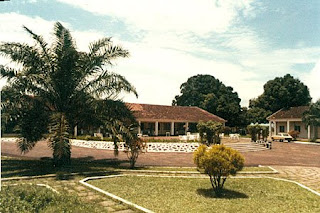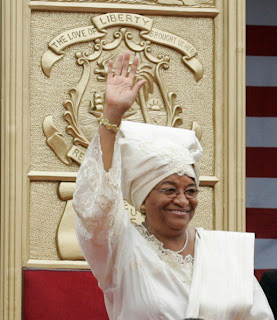
Human existence was perceived about 50,000 to 60,000 years ago in the vicinity of the Lake Malawi. Human remains were visible at about 8,000 BC similar to the peoples living in the Horn of Africa. at another site 1500 BC the remains possessed features resembling Negro and Bushman people.
Although the Portuguese reached the area in the 16th. century, the first significant western contact was the arrival of David Livingstone along the shore of lake Malawi in 1859. Subsequently, Scotish Presbyterian Churches established missions in Malawi. One of the objective was to end the slave trade to the Persian Gulfthat continued to the end of 19th century. In 1878, a number of traders, mostly from Glasgow, formed the African Lake Company to supply goods and servicesto the missiom=naries.Other missionaries, traders , hunters followed simultaneously.
In 1883, a consul of the British Government was accredited to the "Kings and Chiefs of Central Africa," and in 1891, the British established the Nyasaland Protectorate .( Nyasa is the Chichewa word for "lake").

A child in Malawi

















































